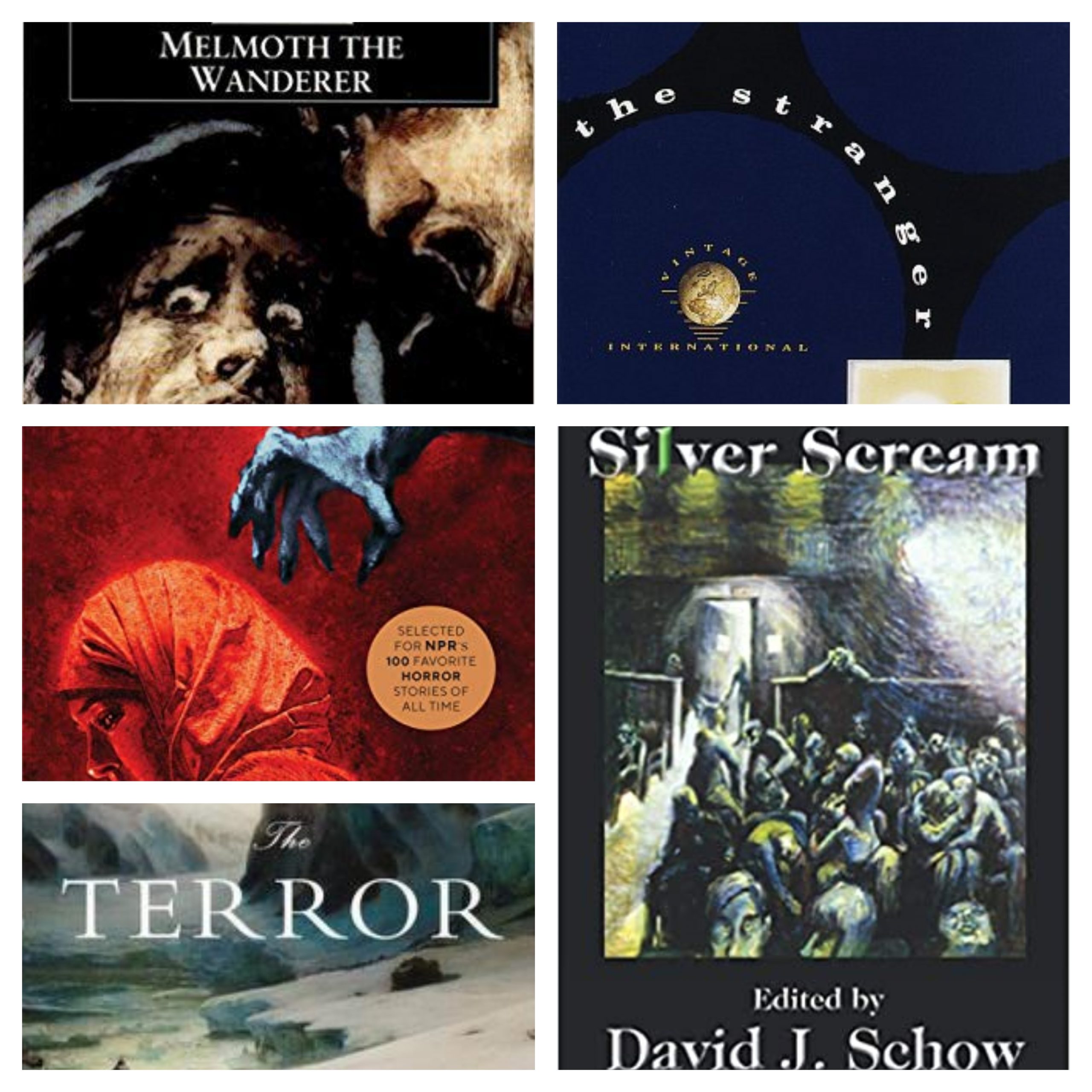This time on Ben Reads the Horror Classics, I tackle a classic of absurdist existentialism, an epic 19th century tale amidst the Spanish Inquisition, an imaginative graphic novel on xenophobia, a hybrid of historical fiction and Arctic horror that will leave you chilled to the bone and a seminal anthology by some of the most influential writers in horror fiction of the ’80s and beyond.
Also for those just joining me, this is my journey through the following “Best of” Horror lists:
Reedsy Discovery Best Horror Books
Stephen Jones & Kim Newman’s Horror: 100 Best Books
Stephen Jones & Kim Newman Horror: Another 100 Books
Also if you’re just tuning in, my previous entries can be found here:
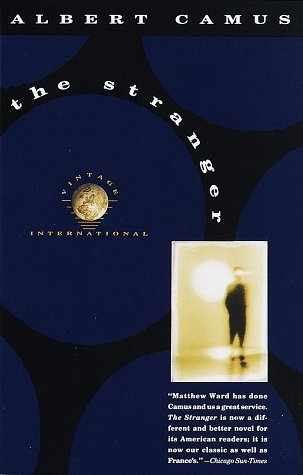
The Stranger (Albert Camus, 1942)
List: Jones & Newman
I knew very little of this going into other than it has been heralded as an absurdist/existentialist masterpiece. After reading it, it struck me as much less absurdist and more deeply tragic and horrific. The main character is obviously on the autism spectrum with his inability to understand social interactions or express emotion appropriate to a given situation. As such, it makes it even more horrifying witnessing this poor guy being pulled into this whirlpool of injustice, unable to extricate himself or even understand why he finds himself in this place to begin with. Apparently this was published two years before Asperger’s Syndrome was defined as a diagnosable condition, so that could explain why I think this book has been misinterpreted for so long. Doing a little digging after I finished it, it does look like in just the last five to ten years, people have been reassessing it from an autism angle which I find pretty interesting. It is a great book but perhaps not necessarily for the reasons that many seem to think.
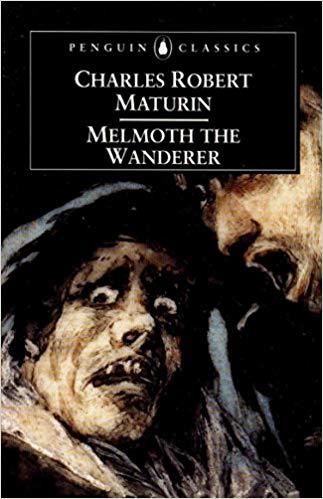
Melmoth the Wanderer (Robert Maturin, 1820)
List: Jones & Newman
Wow this was long…and felt even longer… The business leadership mogul Franklin Covey said that you should face your big rocks head on and the little ones will trickle in around them. Melmoth the Wanderer is definitely one of my “big rocks” on this horror journey at close to 600 pages (single-spaced) and written in a somewhat archaic early Victorian prose style with endless digressions and multiple layers of nested stories. My overall impression of this book, considered by some to be the first horror novel (or at the least least an early influential gothic horror novel), is very mixed. It certainly has moments of genuine terror and thrills but they are at times buried beneath dreary asides (like the lovers tale) or spaced between tirades against the Catholic Church, which is perhaps Maturin’s primary intent in writing this book. Melmoth is an ageless, twisted fiend but the Catholic Church is even worse in some ways with much of this story taking place during the Spanish Inquisition and delving into those atrocities. I’m glad I read this since it is indeed a major touchstone in horror fiction, but it isn’t one I would wholly recommend for more casual readers.
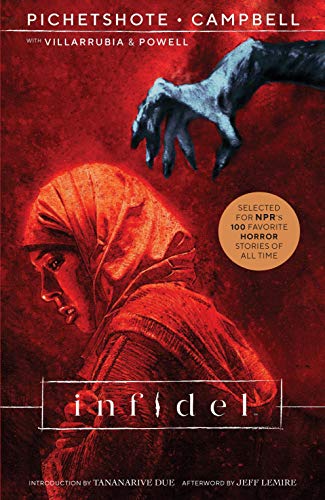
Infidel (Pornsak Pichetshote, Aaron Campbell, 2018)
List: NPR
This one was a quick read but a good one. This five-issue limited comic series is about a pair of multi-racial Muslim women living in an apartment complex that had previously been the site of a terror bombing and that’s haunted by the twisted rage of racism. Yea, I know. It sounds heavy-handed, but for the most it really isn’t. The terror and grotesqueries on display feel very visceral and real, in no small part due to the bizarre horrors of the manifestations of the bigotry drawn by Campbell that act as a counterpoint to the otherwise more naturalistic, grounded illustrations for the character interactions. Certainly recommended if you like horror comics.
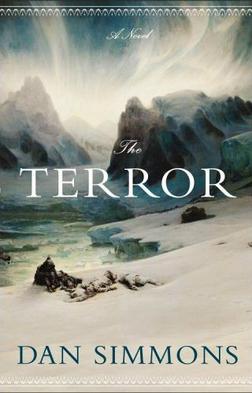
The Terror (Dan Simmons, 2007)
List: NPR
Man, this was long. This is another one that I’ve reading on and off for a while (if you haven’t noticed I tend to have about 4 or 5 books going on simultaneously due to my ADD brain). In some ways this has a similar structure to The Ruins for its first two thirds (although it veers heavily into more arcane eskimo mysticism by the end) in that it focuses not only on the monstrous force seeking to destroy the characters but also on their grim attempts at survival. The Terror does a great job of building an icy, isolating and hopeless atmosphere and the aforementioned mysticism elements I found very fascinating. The biggest issue I had with it is that I think Simmons was TOO interested in making a historical fiction in the first half of the book and not enough in making a gripping horror novel. It definitely has sections that drag, getting bogged down in nautical terminology and day-to-day operations of ship navigation. Also just the sheer number of characters made it difficult to nail down and care about all but a handful, although Simmons does a serviceable enough job of narrowing down the focus to about a dozen or so to really follow and focus on. Overall I think it’s a very good book that has some flaws that could’ve been resolved with some editing.
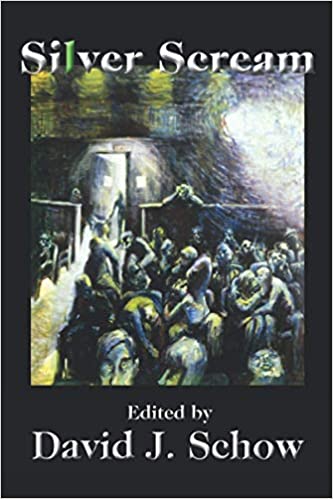
Silver Scream (Edited by David J. Schow, 1988)
List: NPR (The story “Night They Missed the Horror Show” by Joe R. Lansdale specifically)
This seminal anthology of the ’80s featuring predominantly original stories from a veritable horror hall of fame focuses on cinema-themed horror, and, as Splatterpunk originator David J. Schow’s editing presence would allude, often features stories that include excessive gore, sex and other fucked up kinds of content. The stories themselves range from decent to pretty great with few outright duds. Some of the real standouts include “Son of Celluloid” by Clive Barker, one of the few reprints in the collection from his Books of Blood, “Sinema” by Ray Garton about a messed up kid that blackmails a pedophile, Joe R. Lansdale’s “Night They Missed the Horror Show”, a southern fried snuff sledgehammer to the face, all capped off by Mark Arnold’s “Pilgrims to the Cathedral”, a gloriously over-the-top celebration of drive-in sleaze. I’ve yet to read a perfect horror anthology and this one is no different, but it’s still a hell of a lot of fun at times and worth checking out.

